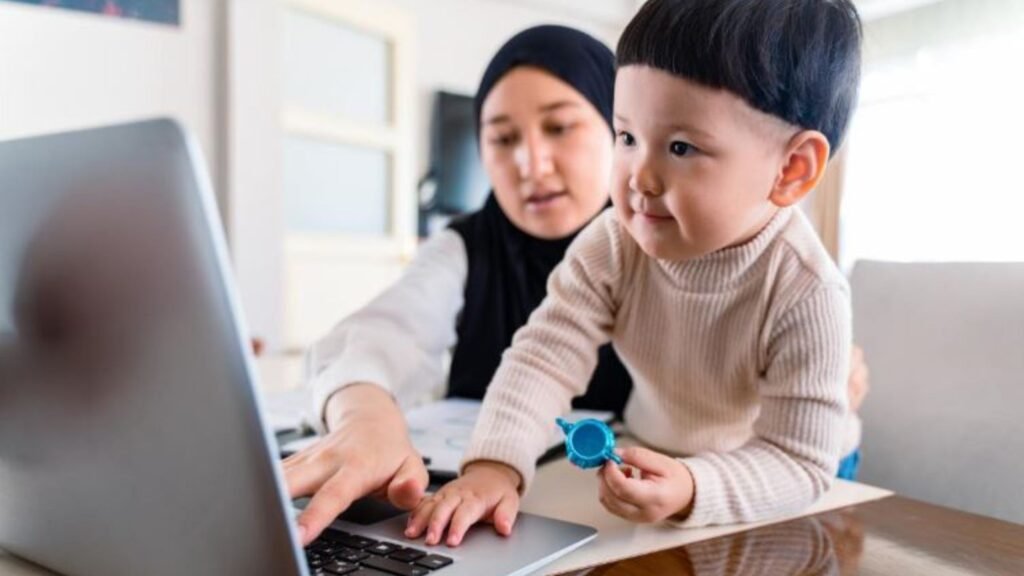Innovations in remote learning are revolutionizing the education landscape by making learning more accessible, flexible, and personalized. With the rapid growth of digital technology, remote learning has evolved from traditional online courses to immersive and interactive experiences. These innovations are addressing challenges in education and providing new opportunities for both students and educators. In this blog, we’ll explore some of the most significant advancements in remote learning and how they are transforming the education system.

1. Virtual Classrooms: A New Way to Learn
One of the biggest innovations in remote learning is the rise of virtual classrooms. These online platforms allow teachers to conduct live classes, share materials, and engage with students in real time. Tools like Zoom, Microsoft Teams, and Google Meet are central to this development, providing a space where students and educators can collaborate regardless of their location.
Virtual classrooms have also introduced new features that enhance the learning experience. Screen sharing, breakout rooms, and interactive whiteboards enable teachers to present content in creative ways while encouraging student participation. Virtual classrooms also make it easier for students to access lessons and resources at their convenience, providing a level of flexibility that traditional classrooms can’t offer.
2. AI-Driven Learning Tools
Artificial Intelligence (AI) is playing a significant role in innovations in remote learning by offering personalized learning experiences. AI-driven platforms analyze student performance and tailor lessons to individual needs, ensuring that each student receives the right level of instruction. For instance, AI tutors can provide extra support to students struggling with specific topics, while adaptive learning systems modify content based on how quickly a student grasps a concept.
Moreover, AI tools like automatic grading systems and virtual assistants are helping educators manage administrative tasks more efficiently, giving them more time to focus on teaching. This use of AI in remote learning not only improves educational outcomes but also fosters a more personalized and effective learning process.
3. Gamification of Learning
Another exciting development in remote learning innovations is the gamification of education. Gamified learning platforms use game-like elements such as points, levels, and rewards to motivate students and make learning more engaging. This approach encourages active participation and helps students stay motivated, especially in subjects they may find challenging.
Programs like Kahoot! and Quizlet incorporate quizzes, challenges, and interactive activities to turn lessons into fun, competitive experiences. Gamification has proven to increase student engagement and improve retention by making the learning process more enjoyable.
4. Mobile Learning: Learning on the Go
Mobile technology has made it easier than ever for students to access educational content anywhere and anytime. Mobile learning apps are one of the most impactful innovations in remote learning, offering a flexible solution for students to engage with lessons on their phones or tablets. Platforms such as Coursera, Duolingo, and Khan Academy provide a wide range of courses, tutorials, and exercises that students can complete at their own pace.
Mobile learning is particularly useful for students with busy schedules or those in remote areas where traditional schooling may be limited. It also allows for microlearning—learning in short, focused bursts—which fits easily into daily routines and improves retention.
5. Virtual Reality (VR) and Augmented Reality (AR)
Virtual and augmented reality are taking remote learning innovations to the next level by offering immersive educational experiences. VR and AR technologies allow students to explore environments and interact with content in ways that traditional teaching methods cannot replicate. For example, medical students can perform virtual surgeries, and history students can take a virtual tour of ancient civilizations.
Programs like Google Expeditions use VR to bring field trips to students, while AR applications overlay interactive content onto the real world, enhancing the learning experience. These technologies are particularly valuable in subjects where hands-on experience is crucial, such as science, engineering, and the arts.
Conclusion
Innovations in remote learning are reshaping the future of education by offering new, engaging, and effective ways to learn. Virtual classrooms, AI-driven tools, gamified learning, mobile apps, and VR/AR technologies are transforming how students engage with content and how teachers deliver lessons. These advancements are making education more accessible, personalized, and interactive, ensuring that students can thrive in a digital world. As technology continues to evolve, so will remote learning, offering even more opportunities for growth and development in the education space.

